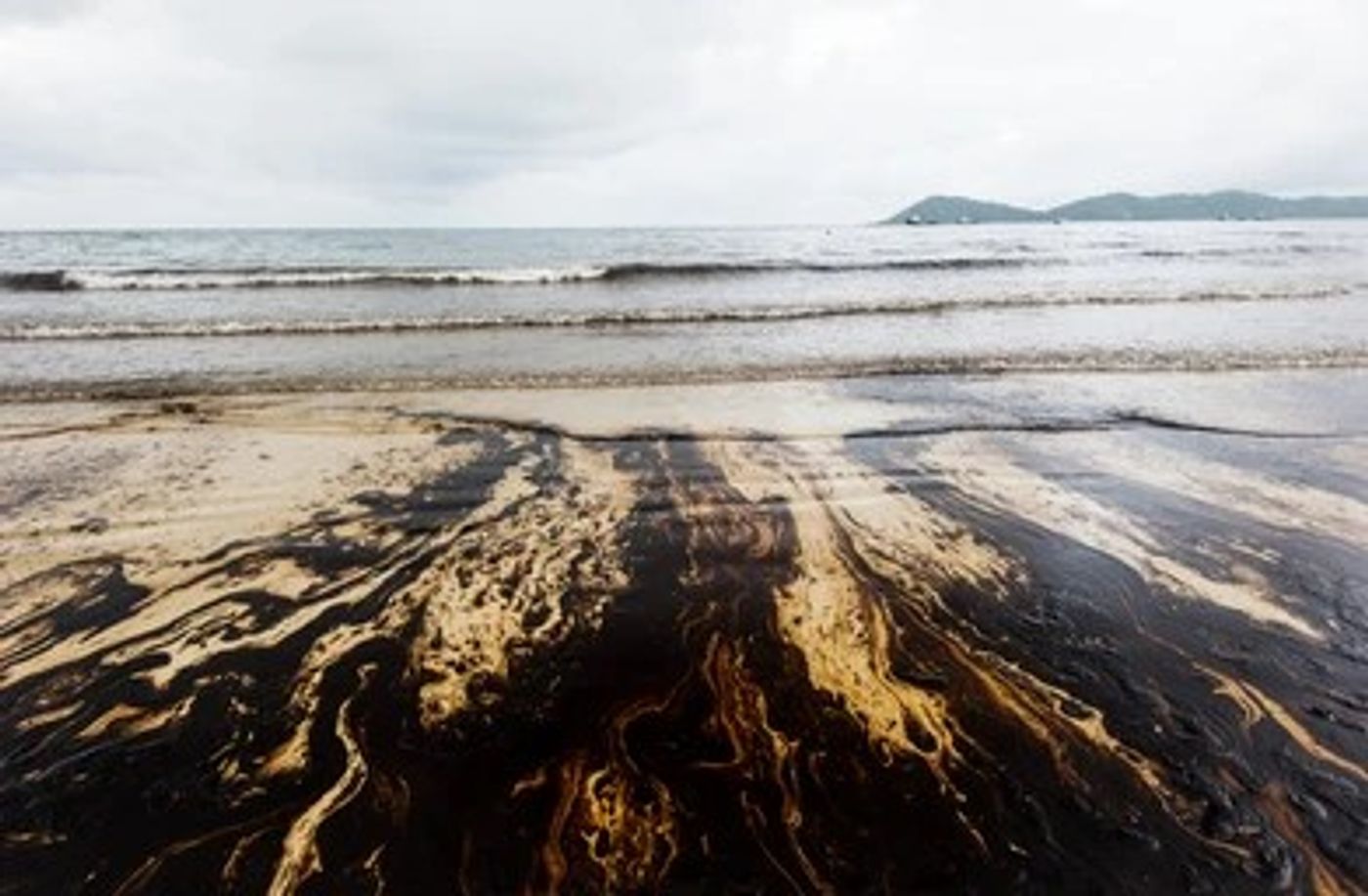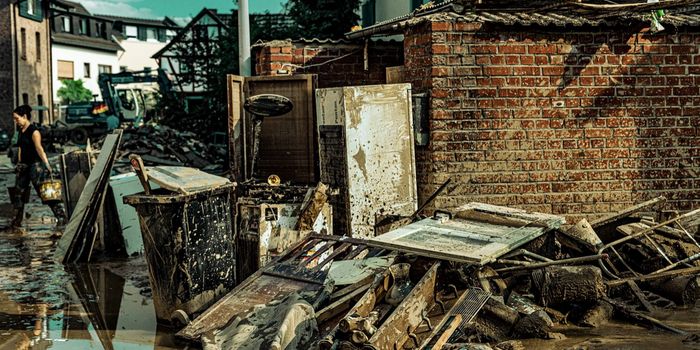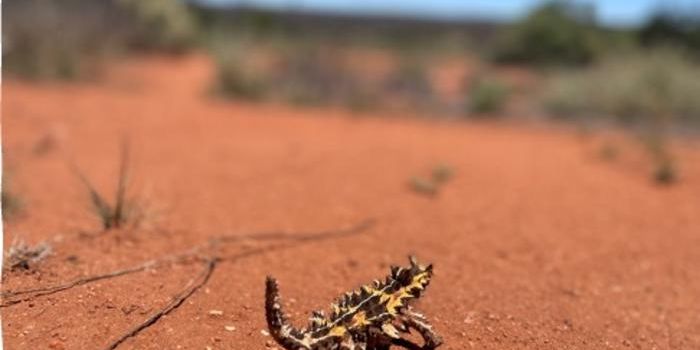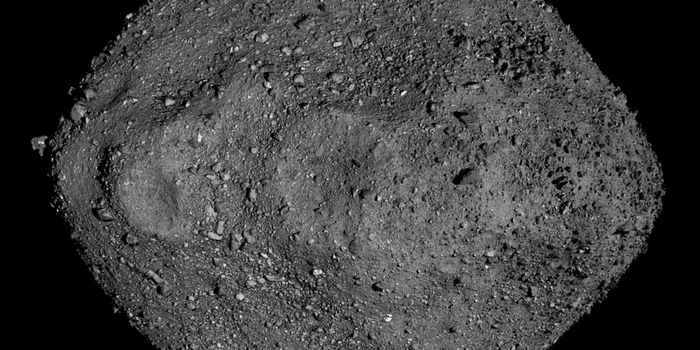Humans, not nature, are responsible for over 90% of the world's oil spills
Oil slicks, or spills, are a type of marine pollution on the ocean surface resulting from spills from ships, oil and gas platforms, as well as natural seeps from the ocean bottom. Some causes of oil spills include human mistakes and/or carelessness; equipment breaking down; natural disasters such as hurricanes, storm surges, or high winds; and deliberate acts of terrorism acts of war, vandals, or illegal dumping. But how much of the oil spills in the world are caused by humans and how much by natural sources?
In a recent study published in Science, a collaborative team of U.S. and Chinese scientists mapping oil pollution across the Earth's oceans has found that more than 90% of chronic oil slicks come from human sources, a much higher proportion than previously estimated. This compelling study is a major upgrade from previous investigations into marine oil pollution, which estimated that only about half of oil spills came from human sources with the other half coming from natural sources.
"What's compelling about these results is just how frequently we detected these floating oil slicks -- from small releases, from ships, from pipelines, from natural sources such as seeps in the ocean floor and then also from areas where industry or populations are producing runoff that contains floating oil," said Ian MacDonald, a professor in the Department of Earth, Ocean and Atmospheric Science at Florida State University and a co-author on the study.
Oil slicks are microscopically thin layers of oil floating on the surface of the ocean. While massive oil spills can cause them, they're also widely and continuously produced by both human activities and natural sources.
Even the tiniest amount of oil can have an enormous impact on plankton which make up the base of the food system within our oceans. Other marine animals, such as whales and sea turtles, are also equally harmed when they contact oil as they come up for air.
"Satellite technology offers a way to better monitor ocean oil pollution, especially in waters where human surveillance is difficult," said Yongxue Liu, a professor at Nanjing University's School of Geographic and Oceanographic Science and the corresponding author. "A global picture can help focus regulation and enforcement to reduce oil pollution."
The effectiveness of satellite imagery offers a potential solution with researchers finding most oil slicks occur near coastlines. About half of oil slicks were within 25 miles of the coast, and 90% were within 100 miles. The researchers also found relatively fewer oil slicks in the Gulf of Mexico compared to elsewhere on the globe, suggesting that government regulation and enforcement as well as compliance from oil platform operators in U.S. waters reduces leakage.
"If we can take those lessons and apply them to places globally, where we have seen high concentrations of oil slicks, we could improve the situation," MacDonald said.
As always, keeps doing science & keep looking up!
Sources: Science Direct, National Oceanic and Atmospheric Administration, Science









